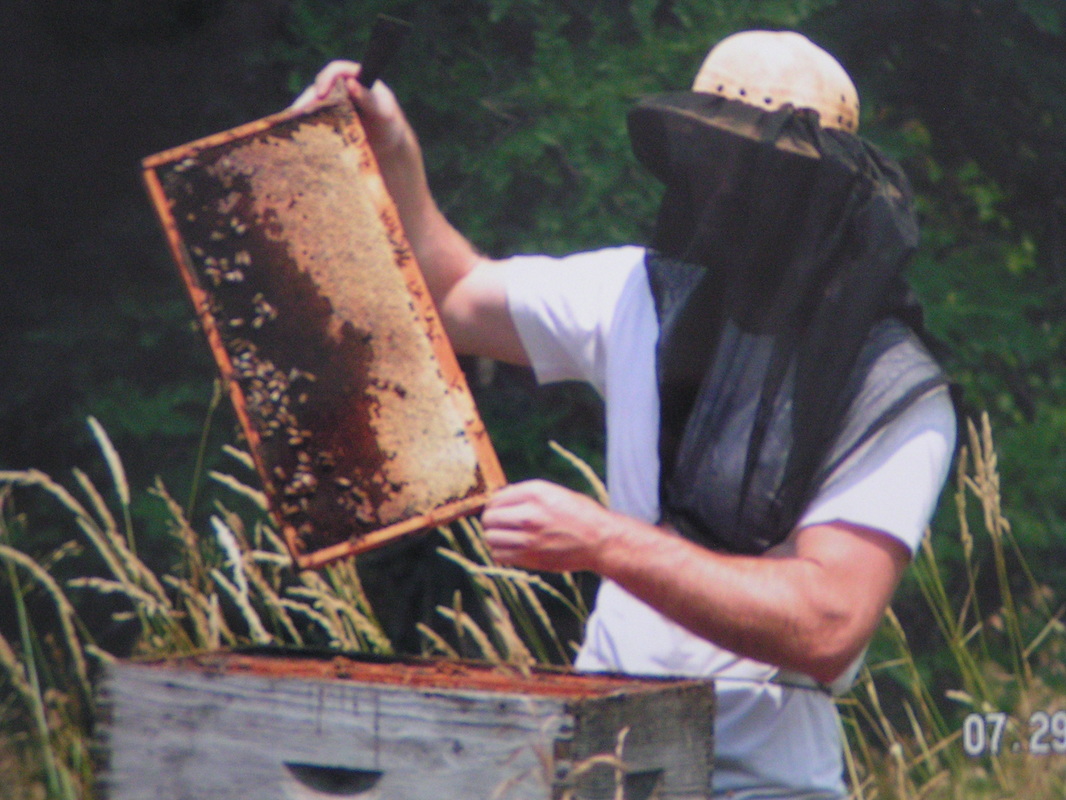After all these years i can still hear grandpa laughin'
As he applied that barnyard remedy
He passed his wisdom down to me
You don't reach for the honey without smokin' the hive
Verse 2: (Clint Eastwood)
I remember my first crush was on the preacher's daughter
We were smoochin' on the front porch swing that night when he caught her
We weren't expectin' him home until quarter past ten
When the good Lord taught me that lesson again
You don't reach for the honey without smokin' the hive
Chorus: (Randy Travis,Clint Eastwood)
You don't point your pistol before you check each chamber
And you don't drink no you don't drink when you drive
It's just ordinary common sense to avoid that danger
You don't reach for the honey without smokin' the hive
Verse 3: (Randy Travis,Clint Eastwood)
She rolled into town with rodeo,she was a beauty
And that cowboy saw you wink at her,she was a cutie
The sound of jinglin' spurs caught me dead on a run
He was fit to be tied and you were under the gun
You don't reach for the honey without smokin' the hive
Chorus: (Randy Travis,Clint Eastwood)
You don't point your pistol before you check each chamber
And you don't drink no you don't drink when you drive
It's just ordinary common sense to avoid that danger
You don't reach for the honey without smokin' the hive
No,you don't reach for the honey without smokin' the hive
You're gonna get stung boy"
Randy Travis - Smokin' The Hive (Lyrics)

 RSS Feed
RSS Feed
